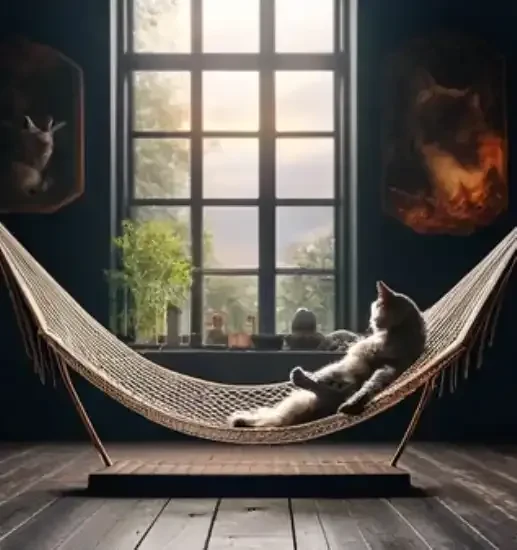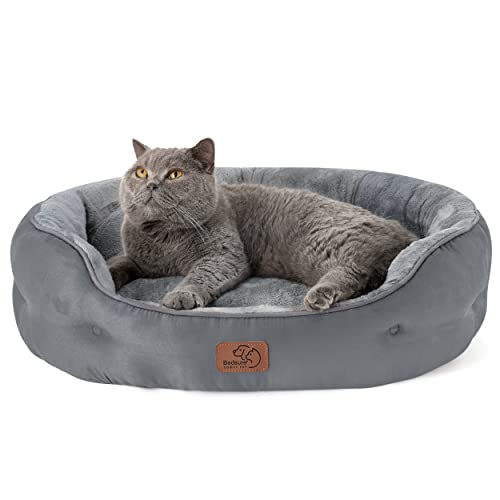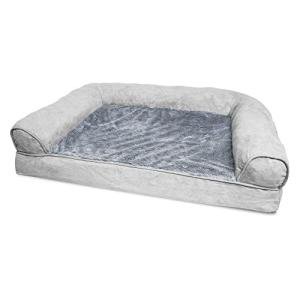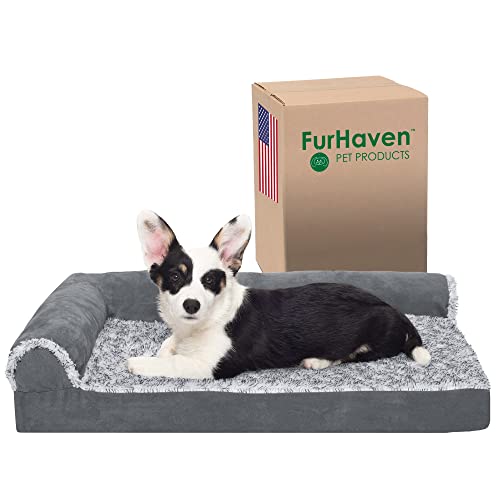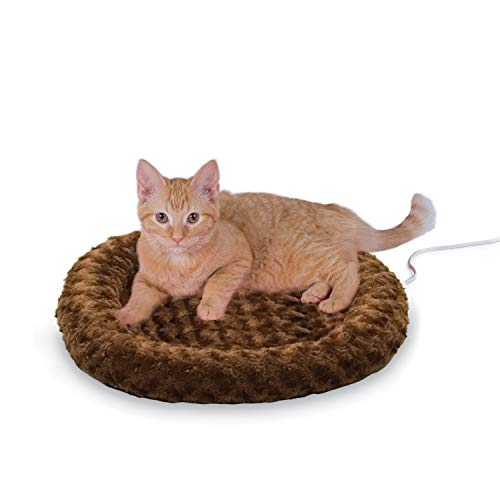The sleek lines of your mid-century modern sofa. The warm glow of your minimalist floor lamp. Your home is a curated space, reflecting your refined taste. But what about your feline companion? Does their cat tree resemble a fuzzy, beige monstrosity from a bygone era? The modern cat deserves furniture that’s as stylish as it is functional, pieces that seamlessly blend with your décor while providing enrichment and comfort for your discerning kitty. Forget the carpeted behemoths of the past; we're talking about cat furniture that's chic, innovative, and designed with both you and your cat in mind.
Cats are natural climbers, scratchers, and nesters. These instincts aren't just quirks; they're essential for their physical and mental well-being. Traditional cat furniture often addressed these needs in a purely utilitarian way, sacrificing aesthetics for functionality. The modern approach, however, recognizes that cat furniture can be both beautiful and beneficial. It can enhance your home’s design while simultaneously providing your cat with a stimulating and secure environment. A well-designed cat tree, for instance, can be a sculptural element in your living room, while a cleverly concealed litter box can maintain a clean and odor-free environment without sacrificing style.
Let’s start with the most iconic piece of cat furniture: the cat tree. Forget the image of a towering, carpet-covered structure. Today's cat trees are works of art. Look for designs that incorporate natural materials like wood, sisal, and jute. These materials are not only aesthetically pleasing but also provide excellent scratching surfaces, satisfying your cat's innate urge to sharpen their claws. Consider a multi-tiered tree with varying heights and platforms. Cats love to survey their territory from above, and a tall tree offers them a sense of security and control. Look for features like built-in hammocks or enclosed condos where your cat can curl up for a cozy nap. These enclosed spaces provide a sense of privacy and security, which is especially important for shy or anxious cats. The design should also be stable and sturdy, capable of withstanding vigorous play and leaping. A wobbly tree is not only unsafe but will likely be avoided by your cat altogether.
Beyond the traditional tower, consider wall-mounted cat shelves. These are a fantastic option for smaller spaces or for creating a truly unique and engaging climbing environment. Wall shelves can be arranged in a variety of configurations, allowing you to customize the climbing experience for your cat. You can create a "cat highway" along your walls, providing your feline friend with an exciting and stimulating way to navigate the room. Look for shelves made from durable materials like wood or metal, and ensure they are securely anchored to the wall. Consider adding soft, washable pads or blankets to the shelves for extra comfort. The beauty of wall-mounted shelves is that they don’t take up any floor space, making them ideal for apartments or homes with limited square footage. They also add a visually interesting element to your walls, transforming them into a playful and dynamic feature.
Scratching is another fundamental feline behavior. Providing appropriate scratching surfaces is crucial for protecting your furniture and keeping your cat’s claws healthy. While cardboard scratchers are inexpensive and readily available, they can be messy and unsightly. Modern cat furniture offers a range of stylish and durable scratching solutions. Sisal-wrapped posts are a classic choice, providing a satisfying texture that cats love to dig their claws into. Look for posts that are tall enough for your cat to fully stretch while scratching, typically at least 30 inches high. You can also find scratching posts integrated into cat trees or other furniture pieces, saving space and providing a multi-functional solution.
Beyond the traditional sisal post, consider a scratching ramp or a wall-mounted scratching panel. These options offer a different angle and texture for scratching, providing variety and keeping your cat engaged. Some modern scratching posts are even designed as sculptural pieces, adding a touch of artistic flair to your home. Look for materials like woven seagrass or corrugated cardboard that are durable and appealing to cats. The key is to provide a variety of scratching options in different locations throughout your home, allowing your cat to choose their preferred spot.
The litter box, often the bane of a cat owner's existence, doesn't have to be an eyesore. Modern design has finally caught up with this essential piece of cat furniture, offering a range of discreet and stylish solutions. Hidden litter box enclosures are a game-changer. These enclosures are designed to look like regular pieces of furniture, such as cabinets, side tables, or even planters. They completely conceal the litter box, keeping it out of sight and minimizing odors. Look for enclosures with good ventilation to prevent the buildup of unpleasant smells, and choose a size that comfortably accommodates your cat.
Another option is a top-entry litter box. These boxes have a lid with a hole on top, requiring your cat to jump in and out. This design helps to contain litter scatter and provides a sense of privacy for your cat. Top-entry boxes are particularly helpful for preventing dogs from accessing the litter box, a common concern for multi-pet households. Choose a box made from durable, easy-to-clean plastic, and consider one with a textured ramp or mat near the entrance to help remove litter from your cat's paws.
Beyond the basics, consider adding smaller pieces of cat furniture to enhance your cat's environment and complement your décor. Cat beds, for instance, don't have to be relegated to a hidden corner. Modern cat beds are designed to be as stylish as they are comfortable. Look for beds made from natural materials like wool, cotton, or jute, and choose shapes and colors that complement your existing furniture. A donut-shaped bed provides a cozy and secure spot for your cat to curl up, while a window perch offers a sunny vantage point for bird-watching and basking in the warmth.
Cat hammocks are another popular option, providing a suspended and swaying bed that many cats find irresistible. Hammocks can be attached to cat trees, windows, or even chairs, offering a versatile and space-saving solution. Choose a hammock made from durable and washable fabric, and ensure it is securely attached to prevent accidents.
Interactive toys are also an essential part of a cat's environment, providing mental stimulation and preventing boredom. While not strictly furniture, modern cat toys often incorporate design elements that make them less of an eyesore. Look for toys made from natural materials like wood, felt, or feathers, and avoid brightly colored plastic toys that can clash with your décor. Puzzle toys, which require your cat to solve a problem to access a treat, are a great way to keep your cat mentally engaged. Wand toys, with their feathers and ribbons, provide an opportunity for interactive play and bonding between you and your cat.
When choosing cat furniture, consider your cat's personality and preferences. A shy cat may appreciate a cozy, enclosed space, while an active cat will benefit from a tall, multi-tiered tree. Observe your cat's behavior and identify their favorite spots for napping, scratching, and playing. This will help you choose furniture that meets their individual needs. Also, consider your own lifestyle and space limitations. If you live in a small apartment, wall-mounted shelves and a hidden litter box enclosure may be the best options. If you have a large home, you can create a more elaborate cat playground with multiple trees, shelves, and tunnels.
The material of the furniture is also an important consideration. Natural materials like wood, sisal, and jute are not only aesthetically pleasing but also durable and safe for your cat. Avoid furniture made from cheap particleboard or covered in synthetic fabrics that can easily tear or fray. Look for furniture that is easy to clean and maintain. Removable and washable covers are a plus, as they allow you to keep the furniture fresh and hygienic.
Finally, don't be afraid to get creative and personalize your cat's furniture. You can add your own touches, such as painting the wood, adding custom cushions, or even building your own cat furniture from scratch. The goal is to create a space that is both functional and beautiful, reflecting your personal style and providing your cat with a comfortable and enriching environment. Integrating your cat's needs into your home décor doesn't have to be a compromise. It's an opportunity to create a harmonious and stylish space that both you and your feline friend can enjoy. The modern cat furniture market offers a wealth of options that are both aesthetically pleasing and beneficial for your cat, proving that you can have a beautiful home and a happy cat, all at the same time. So ditch the dated cat tree and embrace the world of chic, modern cat furniture. Your kitty (and your interior design sense) will thank you.
